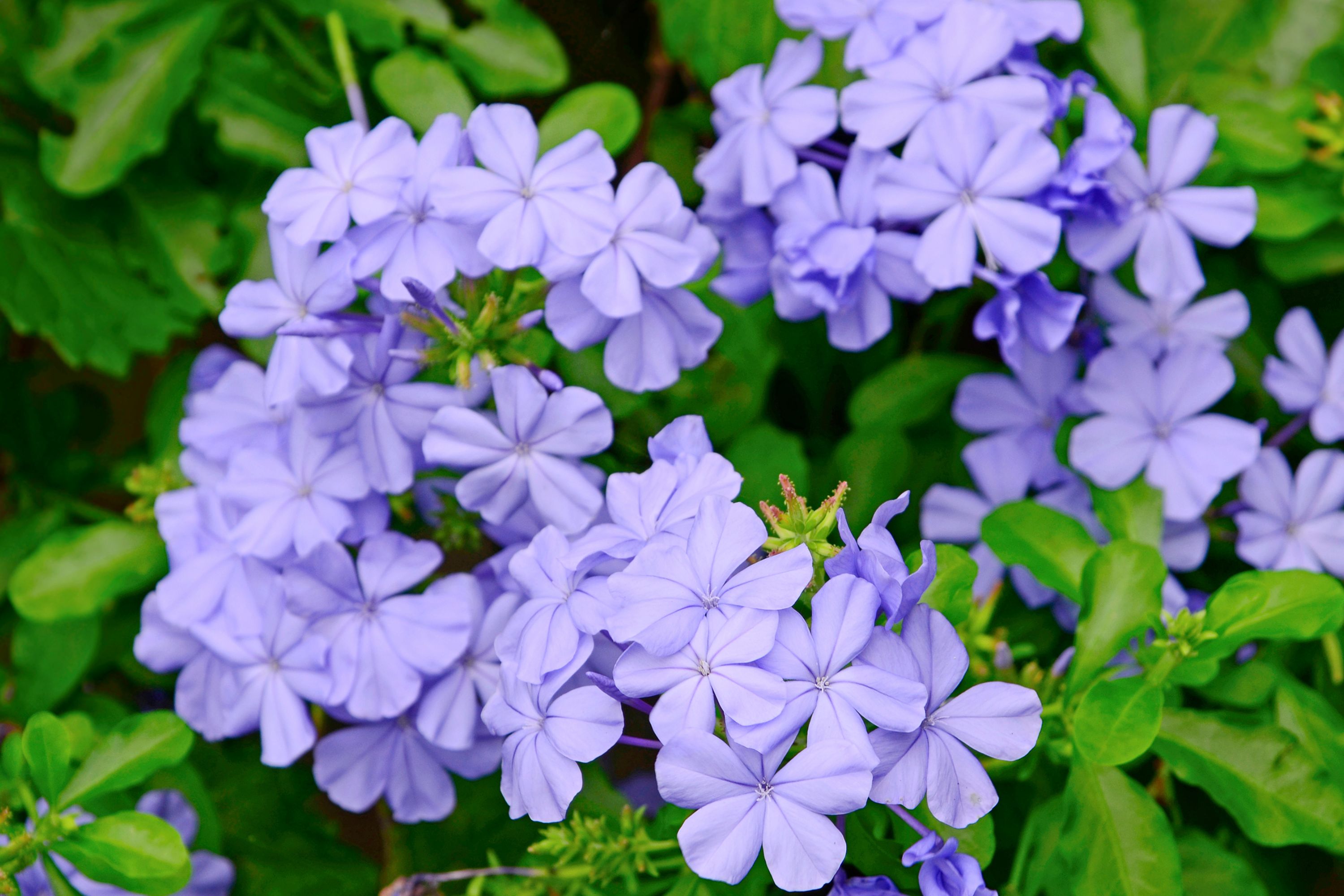Muscadine
(Vitis rotundifolia)

Description
Vitis rotundifolia, commonly known as the muscadine grape, is a species of grapevine native to the southeastern United States. It is a deciduous vine that can grow up to 100 feet in length and is often used for wine production. The muscadine grape is known for its unique flavor, high sugar content, and resistance to diseases and pests. Taxonomy: Vitis rotundifolia belongs to the Vitaceae family, which includes around 900 species of flowering plants. The genus Vitis is one of the most important genera within the Vitaceae family, containing around 60 species of grapes. Muscadine grapes are a separate species from the common grape (Vitis vinifera) and are closely related to other native North American grape species. Appearance: Muscadine grapes have a distinctive appearance that sets them apart from other grape varieties. The leaves of the vine are large, round, and often have three lobes. The fruit is a large, thick-skinned berry that ranges in color from bronze to dark purple. Muscadine grapes are typically larger than other grape varieties, with a diameter of up to 1 inch. Habitat: Vitis rotundifolia is native to the southeastern United States, where it is found in a variety of habitats. The vine is commonly found in the wild growing along the edges of forests, in open fields, and along waterways. The muscadine grape is adapted to warm, humid climates and is often found growing in areas with high rainfall. Cultivation: Muscadine grapes are commonly grown for wine production, but they can also be eaten fresh or used to make jams, jellies, and other preserves. The vine is easy to cultivate and is highly resistant to diseases and pests, making it an attractive option for home gardeners. Propagation: Muscadine grapes are typically propagated by rooting cuttings taken from established vines. The cuttings are planted in a well-draining soil mix and kept moist until roots develop. Once rooted, the new plants can be transplanted to their permanent location. Pollination: Muscadine grapes are self-fertile, meaning they can produce fruit without cross-pollination. However, cross-pollination can increase fruit yield and improve fruit quality. Pollinators such as bees and wasps are attracted to the flowers of the muscadine grape and play an important role in the plant's reproductive success. Harvesting: Muscadine grapes are typically harvested in late summer or early fall when the fruit is fully ripe. The berries are hand-picked from the vine and can be eaten fresh or used for wine production. Muscadine grapes have a short shelf life and should be consumed or processed within a few days of harvesting. Pests and Diseases: Muscadine grapes are highly resistant to many pests and diseases, making them a popular choice for home gardeners and commercial growers. However, the vine can be susceptible to fungal diseases such as powdery mildew and black rot. Insect pests such as Japanese beetles and grape root borers can also damage the vine. Conclusion: Vitis rotundifolia, or the muscadine grape, is a unique and important species of grapevine native to the southeastern United States. The vine is highly adaptable and easy to cultivate, making it a popular choice for wine production and home gardening. With its distinctive appearance, high sugar content, and resistance to pests and diseases, the muscadine grape is a valuable addition to any garden or vineyard.
Taxonomic tree:







